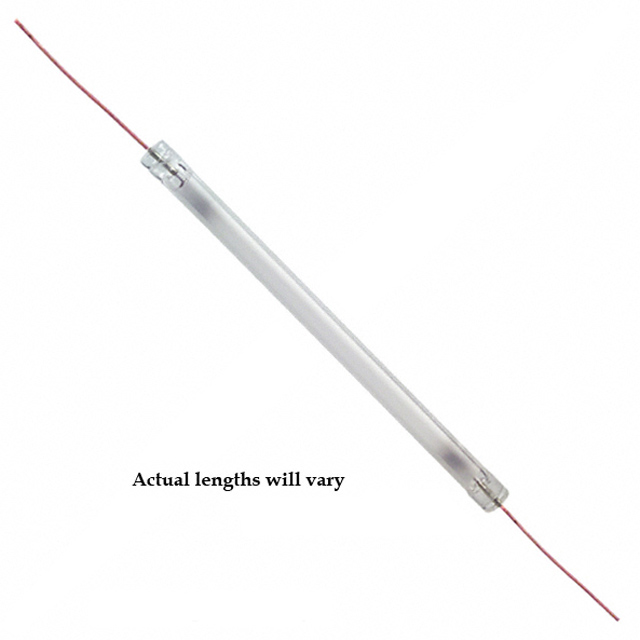Description
Building on Exar's heritage of delivering market-proven silicon solutions, the Company is capitalizing on its already established functional element devices: Line Interface Unit (LIU), framers, etc., and is combining them into one highly integrated product. The XRT86VL38 and XRT86VL34 greatly reduce board space requirements. They are targeted at telecommunications equipment including SONET/SDH and T1/E1/J1 multiplexers, digital cross-connect systems, wireless base stations, routers among others.
Product Details
The XRT86VL38 is offered in eight and four-channel versions incorporating a T1/E1 (1.544 Mbit/s or 2.048 Mbt/s) framer and a LIU per channel. Each of the framers has its own framing synchronizer and transmit-receive slip buffers. The slip buffers can be independently enabled or disabled as required. Each framer also contains a transmit and overhead data input port, which permits data line terminal equipment direct access to the out-bound T1/E1/J1 frames. The device has a flexible microprocessor interface for easy configuration, control, and status monitoring. Furthermore, the device supports Channel Associated Signaling (CAS), Common Channel Signaling (CCS), supports ISDN primary Rate Interface (ISDN PRI) signaling and has three integrated HDLC controllers with two 96-byte transmit HDLC buffers and two 96-byte receive buffers per channel. In addition, the XRT86L38 and XRT86L34 includes a PRBS, QRSS and network loop code generator/receiver. It also detects OOF, LOF, LOS errors and COFA conditions.
R³ Technology™ Overview
XRT86VL38 Technology™ (Reconfigurable, Relayless Redundancy) delivers key benefits to customers designing T1/E1/J1 interface cards. The devices are Reconfigurable with integrated termination supporting all common T1/E1/J1 line impedances enabling customers to build one board with a single bill-of-materials. (Conventional approaches require fixed settings - T1, or E1, or J1, forcing customers to estimate both market needs, and choose device settings before manufacturing.) Also, the series employs Relayless Redundancy eliminating the need for external relays for 1:1 and 1+1 applications by establishing a back-up channel that can be brought on-line in the event of failure.

 XRT86VL38 Data Sheet
XRT86VL38 Data Sheet







